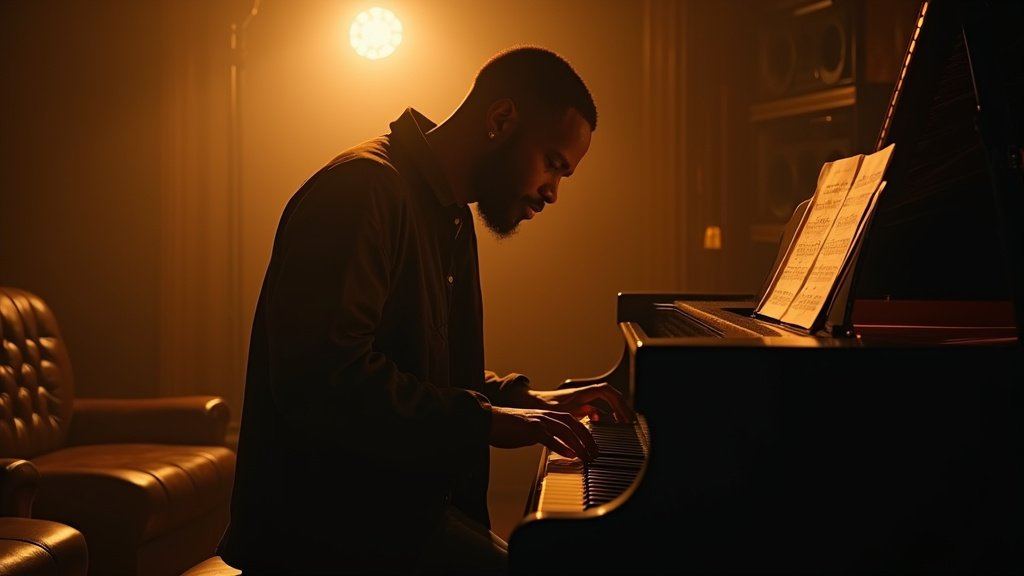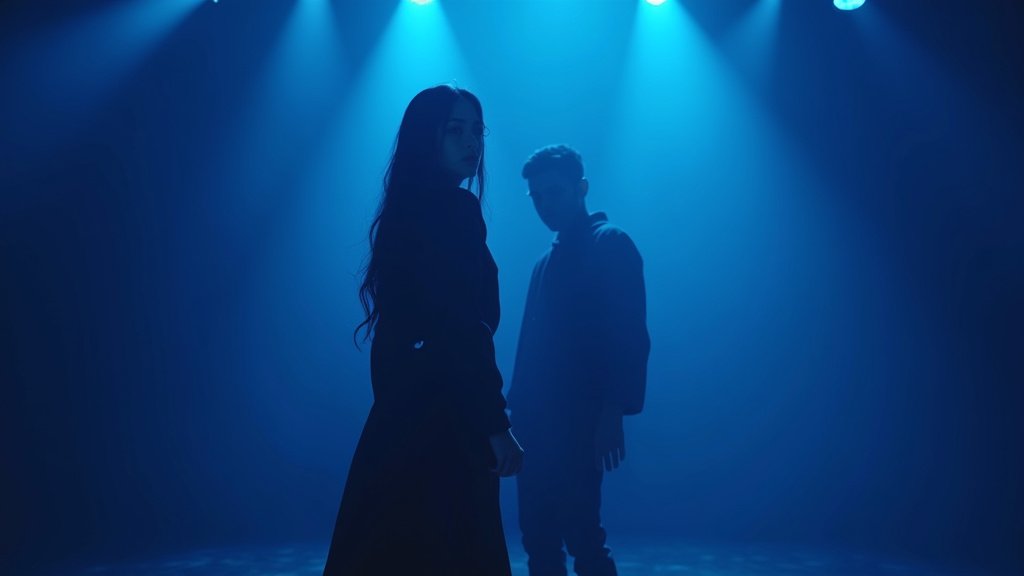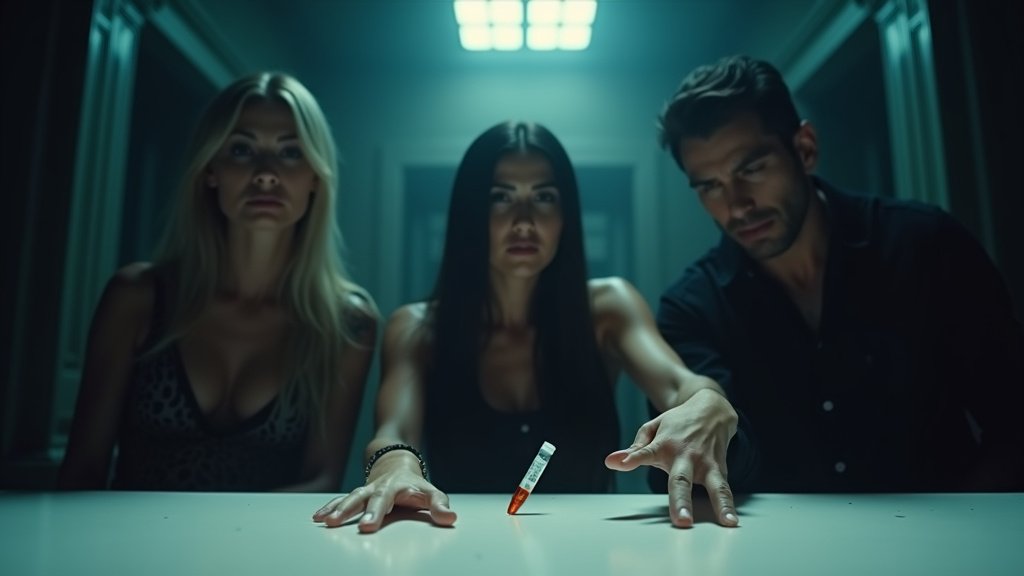Hollywood, the glittering epicenter of the entertainment world, has always been synonymous with glamour, intrigue, and the intoxicating promise of fame. But beneath the surface of red carpets, box-office blockbusters, and superstar lifestyles lies something more intricate: the finely-tuned machinery of Hollywood hype. It’s the driving force that elevates stars to superstardom, turns movies into cultural phenomena, and keeps the industry buzzing with attention year-round. But what exactly is hype, and why is it so essential to Hollywood’s survival?
At its core, Hollywood hype is a mix of strategy, psychology, and spectacle. It’s the calculated manipulation of media and public perception to generate excitement and anticipation for films, television shows, celebrities, and awards. While it might seem shallow or overly commercial, the art of hype is deeply ingrained in Hollywood’s identity—and without it, the entertainment industry as we know it might not exist.
The Roots of Hollywood Hype
Before we dive into the current tactics and trends of the hype machine, it’s important to understand how this phenomenon came to be. Hollywood’s love affair with publicity dates back to the early 20th century when the first movie studios began promoting their films and stars. The “studio system,” which dominated the industry from the 1920s to the 1950s, was largely responsible for shaping the notion of the Hollywood star. Back then, studios controlled not only the films but also the images and reputations of the actors they employed.
Stars weren’t just born—they were created. Through carefully managed publicity campaigns, actors were molded into larger-than-life figures, with every detail of their personal and professional lives meticulously curated. Whether it was a scandal to be covered up or a romance to be fabricated, the studios had a hand in shaping what the public saw. In the days before social media and 24-hour news cycles, controlling the narrative was easier, but it still required considerable skill.
As films became more popular, so did the importance of drawing attention to them. Posters, radio shows, and newspaper advertisements were used to tantalize audiences. Even the trailers—those short previews we now watch before every movie—were a pioneering form of early hype. By giving just enough away to whet appetites without revealing too much, they ensured people would flock to the theaters.
The Anatomy of Hype: What Makes It Work?
At the heart of every successful Hollywood campaign is one key ingredient: anticipation. Whether it’s for a highly anticipated sequel, a big-budget blockbuster, or the next season of a popular TV show, the ability to make audiences feel like they must see something is what makes hype so effective. There’s a science to it—a mix of psychology, marketing, and even cultural trends.
The FOMO Factor
One of the most powerful tools in Hollywood’s hype arsenal is the fear of missing out (FOMO). This psychological trigger taps into people’s desire to be part of the “in crowd,” to experience what everyone else is talking about. When a film or celebrity garners significant buzz, it creates an almost irresistible pull. Fans don’t just want to see the latest movie or follow the hottest celebrity—they feel like they have to, or they risk being left out of the cultural conversation.
Strategic Release Timing
Timing is everything when it comes to hype. Studios are meticulous about when they release trailers, host premieres, and even leak key information. They know that building momentum over time is far more effective than releasing everything all at once. A teaser trailer months in advance, a full-length trailer closer to the release date, exclusive interviews with stars on late-night talk shows, and carefully orchestrated social media campaigns all contribute to maintaining excitement for extended periods.
The Power of Exclusivity
Another tactic often employed by Hollywood’s hype machine is the idea of exclusivity. Whether it’s an invite-only movie premiere, a VIP after-party, or limited-edition merchandise, people are naturally drawn to things that are rare or difficult to obtain. This desire for exclusivity can turn an otherwise ordinary event into a must-see spectacle, further fueling the hype.
Hype in the Age of Social Media: A Game-Changer
The advent of social media changed the game for Hollywood in ways that the old studio system could never have imagined. Today, celebrities and studios have direct access to millions of fans, often in real time. Platforms like Instagram, Twitter, and TikTok allow stars to bypass traditional media and connect with their audiences on a personal level, creating a more intimate and immediate form of hype.
The Rise of Influencers
In the modern era of Hollywood hype, it’s not just the stars who drive the conversation—it’s influencers too. With massive followings on platforms like Instagram and YouTube, influencers have become a key part of Hollywood’s marketing strategies. Whether it’s a beauty vlogger reviewing the latest products used by their favorite actors or a YouTuber hosting exclusive content about upcoming films, these digital personalities wield incredible power in shaping public opinion. Their endorsements can make or break a movie’s success.
Hashtags and Trending Topics
With the rise of social media, we’ve seen the emergence of one of the most powerful tools in hype-building: hashtags. Think of campaigns like #ReleaseTheSnyderCut, which gathered momentum from fans pushing for the release of a director’s cut of Justice League. It’s a prime example of how grassroots movements can turn into massive media events, fueled by persistent social media campaigns. Trending topics can create buzz organically, with studios often jumping in to stoke the flames when they see a groundswell of excitement.
Viral Moments
Hollywood has also become adept at harnessing the power of viral content. Sometimes, a single moment—a meme, a GIF, a soundbite from a talk show—can generate more hype than a multi-million-dollar ad campaign. Whether it’s a meme of Leonardo DiCaprio raising a glass from The Great Gatsby or a quirky dance move from a film that takes TikTok by storm, these moments are often unplanned but instantly capitalized on by studios and marketers alike. Viral content taps into our shared cultural consciousness and spreads like wildfire, making it one of the most effective hype-building strategies in today’s media landscape.
The Role of Awards Shows in Hollywood Hype
Awards shows like the Oscars, Golden Globes, and Emmys have long been a staple of Hollywood’s hype machine. They provide a platform to celebrate the industry’s best and brightest, but more importantly, they offer free publicity for nominated films, actors, and studios. Winning an Oscar can skyrocket an actor’s career or elevate a small indie film into mainstream success. Even a nomination can boost box office returns or streaming numbers significantly.
Awards season is carefully timed to maximize hype. As the buzz around certain films or performances builds, studios push for greater visibility through “For Your Consideration” campaigns—lavish marketing efforts aimed at voters and critics. With every award or nomination comes more headlines, more interviews, and more opportunities to create buzz.
The Dark Side of Hollywood Hype
While hype is essential to Hollywood’s ecosystem, it’s not without its downsides. Sometimes, films and stars simply can’t live up to the anticipation. Over-hyped movies often crash and burn when they fail to meet inflated expectations, leading to scathing reviews and disappointed fans. The film Cats is a prime example—an all-star cast, beloved source material, and a massive marketing campaign couldn’t save it from being a box-office flop and a meme-worthy disaster.
Additionally, hype can sometimes obscure the actual quality of a project. Flashy marketing campaigns, star-studded casts, and viral moments can draw people in, but they can’t compensate for poor storytelling or subpar performances. Hollywood has seen its fair share of films that relied heavily on hype but lacked substance, ultimately damaging the credibility of studios and filmmakers involved.
Sustaining the Hype: Beyond the Premiere
One of the biggest challenges Hollywood faces is maintaining the hype beyond opening weekend. With so many films, shows, and stars competing for attention, it’s easy for audiences to lose interest quickly. The initial burst of excitement surrounding a new release can fade just as fast as it builds. To combat this, studios employ a variety of tactics to sustain interest.
Extended Universe and Franchise Models
One of the most successful strategies in recent years has been the creation of shared universes and franchises. Marvel, for example, has built an empire by releasing interconnected films that create ongoing storylines. Each movie serves as a building block for the next, ensuring that audiences stay invested for years. This approach not only sustains hype over multiple films but also encourages repeat viewership and loyalty to the brand.
Reboots, Remakes, and Nostalgia
Another way Hollywood keeps the hype alive is through reboots, remakes, and nostalgic callbacks. By reviving beloved franchises or remaking classic films, studios tap into the collective memory of audiences, drawing in both new and old fans. Nostalgia is a powerful emotion, and Hollywood has learned to wield it masterfully.
The Future of Hollywood Hype
As technology continues to evolve, so too will Hollywood’s approach to hype. With the rise of AI-generated content, virtual reality experiences, and more sophisticated data analytics, the industry will have even more tools at its disposal to capture audience attention. Personalized marketing campaigns, tailored to individual preferences and behaviors, could become the norm, making hype feel even more targeted and immediate.
However, as audiences grow savvier, the challenge for Hollywood will be to ensure that the substance matches the spectacle. In an age where social media can amplify both praise and criticism in equal measure, maintaining credibility will be key.
Hollywood hype is an art form unto itself, a carefully orchestrated blend of psychology, marketing, and cultural savvy. It’s the secret ingredient that keeps the entertainment industry in the spotlight, driving ticket sales, streaming numbers, and celebrity status. And while it’s easy to view hype as superficial, its impact on Hollywood—and by extension, on popular culture—is undeniable. As long as there are stories to tell and stars to be made, the hype machine will continue to turn.





